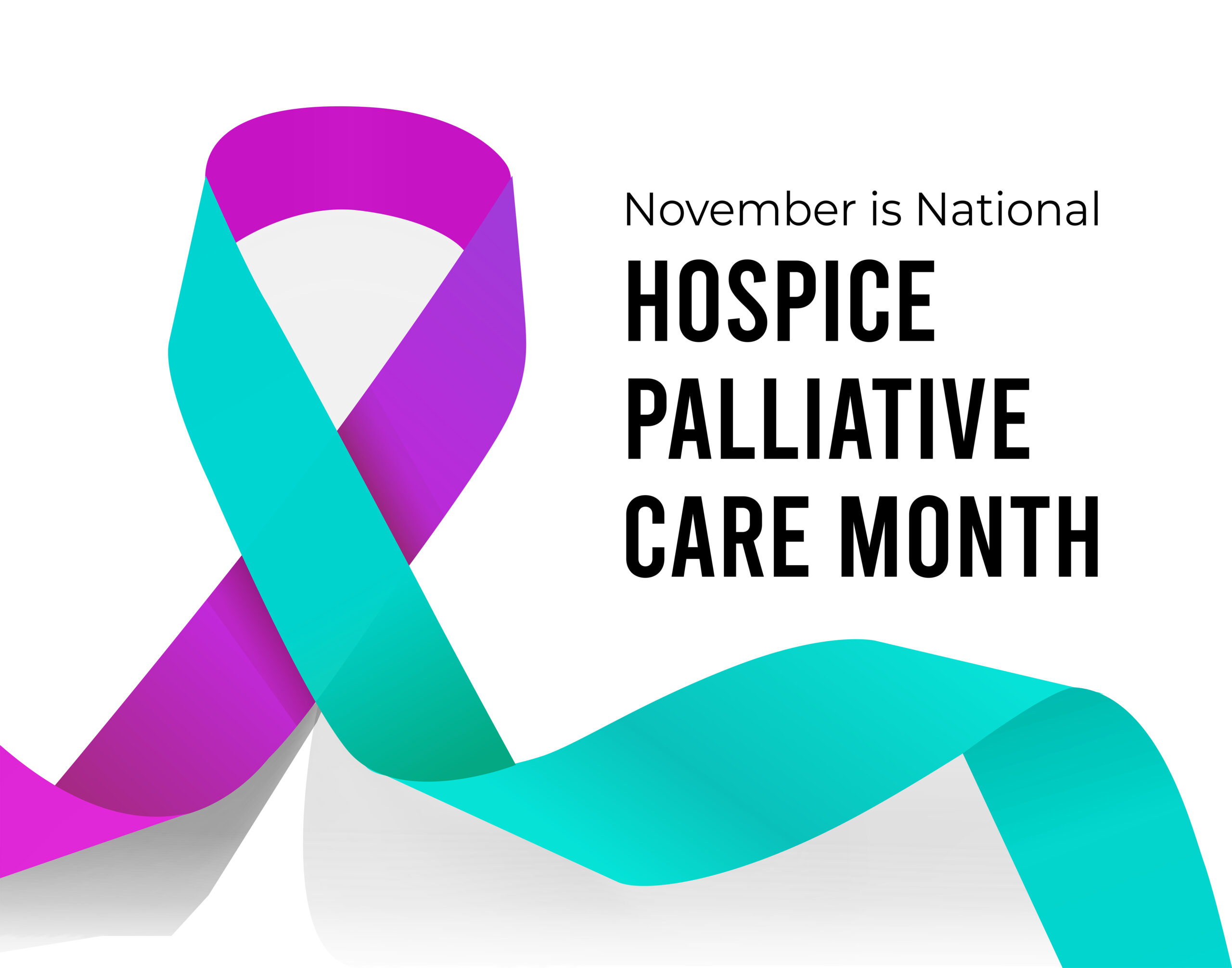Palliative care and hospice care are often confused with each other, but they are not the same. Both are a type of specialized medical care aiming to improve a patient’s quality of life in similar ways. They differ on when and where care is received, and which treatment options are available.
To determine the right kind of care for your situation, you need to have a good idea of what each type of care is for your loved one, what differentiates one from the other and how do you determine which is the best option. 
What is Palliative Care?
Palliative care is the broader term provided at any stage of a serious illness, while hospice care is a type of palliative care that’s typically provided when a patient has six months or less to live. Both aim to minimize discomfort from serious illnesses, but the key difference is that palliative care treatment for serious illness continues, while hospice exclusively provides end-of-life care and treatments designed to cure or treat the disease are halted.
Sometimes called supportive care, palliative care is not intended to replace other treatments. It starts as early as a person’s diagnosis or later in their illness and can occur alongside other types of treatment. It aims to ease pain and helps with other problems if your illness is serious but not considered to be life-threatening for now. Palliative care is provided at home, in hospitals, nursing homes, and other clinics. Eligibility for palliative care depends on insurance coverage, but most serious or life-threatening conditions qualify.
Palliative care is an interdisciplinary approach involving multiple types of care providers. These providers work together with patients and their families to ensure the treatment plan reflects the person’s goals and values. In addition to managing physical needs, palliative care also includes other sources of support to meet emotional, spiritual, practical, and social needs as well as helping plan for future needs.
If at any point the palliative care team believes ongoing treatment is no longer helping, there are two options. Palliative care could transition to hospice care if the doctor believes the person is likely to die within six months. Or the palliative care team could increase its efforts and emphasis on comfort care.
What is Hospice Care?
Just as with palliative care, hospice provides comprehensive comfort care and support for the family. However, in hospice care, any attempts to cure the person’s illness are stopped. The philosophy is focused on easing pain and helping families prepare for the end-of-life. Those in hospice care are generally expected to have less than 6 months to live.
Hospice’s approach to care is not tied to a specific place. It is offered either at home or in a facility such as a nursing home, hospital, or even in a hospice center. This type of care involves not only doctors and nurses, but also family members, clergy, counselors, or social workers who can address the grief of dying and emotions that come with it.
While hospice provides a lot of support, the day-to-day care of a person dying at home is provided by family and friends. The hospice team coaches family members on how to care for the dying person and even provides respite care when caregivers need a break. A member of the hospice team visits regularly, and someone is usually always available by phone, 24 hours a day, seven days a week.
Conclusion
Both hospice and palliative care are excellent options to help a person and their family cope with the many aspects of a serious disease. Facing the decision between the two types of care can be difficult, especially when a person is terminally ill, speaking with your healthcare provider can help determine what option is most suitable.

You do NOT need a doctor to make a referral. Anyone can make a referral for a friend or loved one in need of hospice care. Reach out to us at Hospice of West Tennessee or by calling 731.664.4220.
